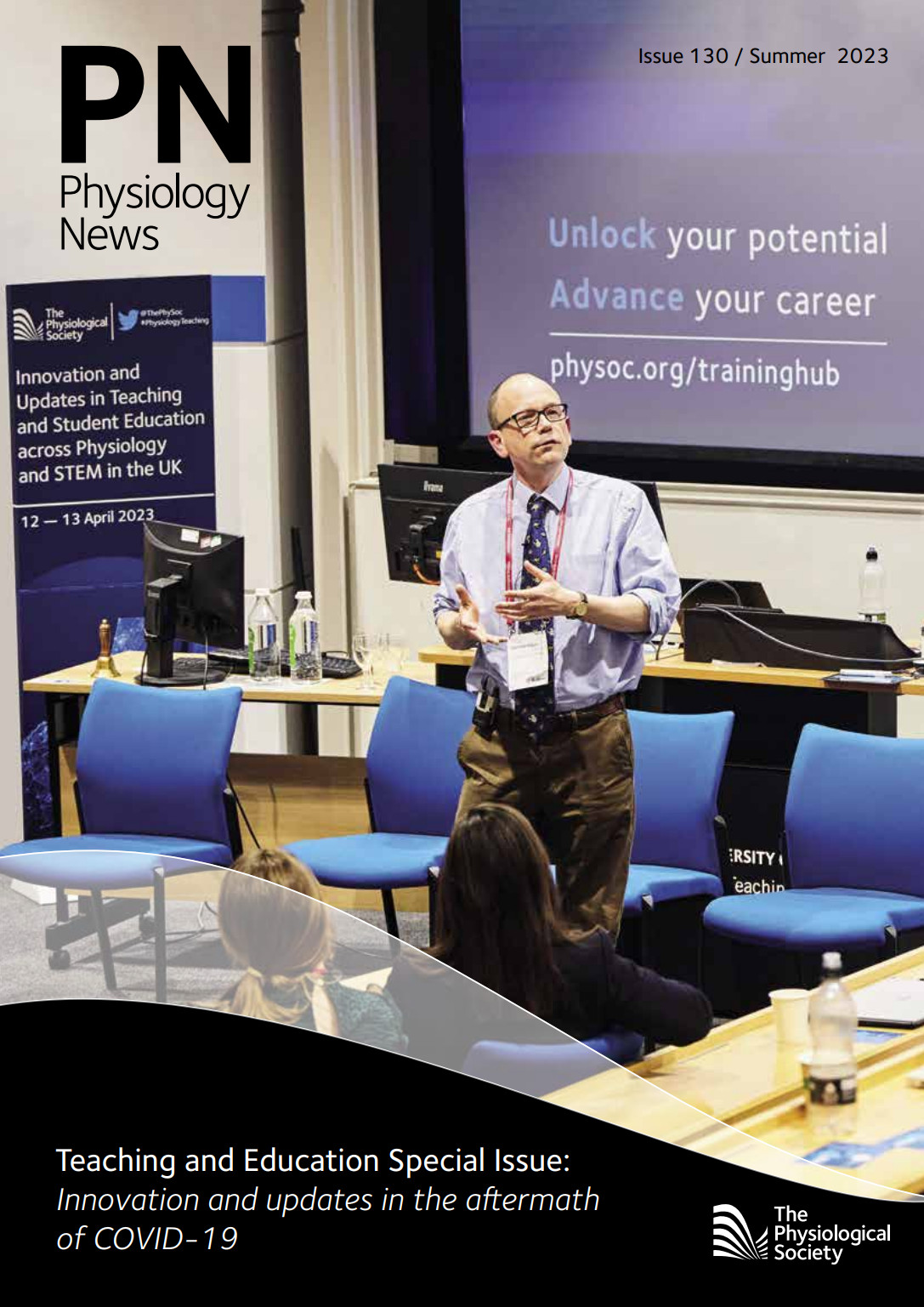Research
My main research focus is the structure, function and evolution of the vertebrate auditory system, which I investigate using techniques such as micro-CT scanning. I then use models of middle ear function to investigate the likely hearing range of the animal in question, in order to answer questions about how hearing is matched to particular acoustical properties of the environment that the animal lives in, and how the ear might have evolved.
I have long been interested in how small mammals can be adapted towards detecting low-frequency sound. For example, certain elephant shrews have enormously enlarged middle ear cavities, which allow these ears to transmit low-frequency airborne sound, while golden moles have massive ear ossicles, which may allow these burrowing African mammals to detect ground vibrations by means of bone conduction.
Recently I've become interested in certain other areas of comparative physiology, including fluorescence in frogs and nasal turbinate structure in seals.
Publications
Manoharan, S.M., Gray, R., Hamilton, J. & Mason, M.J. (2022) Internal vascular channel architecture in human auditory ossicles. Journal of Anatomy 241:245-258.
Goutte, S., Mason, M.J. et al. (2019) Intense bone fluorescence reveals hidden patterns in pumpkin toadlets. Scientific Reports 9 (5388): 1-8.
Goutte, S., Mason, M.J. et al. (2017) Evidence of auditory insensitivity to vocalization frequencies in two frogs. Scientific Reports 7 (12121): 1-9.
Mason, M.J. (2016) Structure and function of the mammalian middle ear. I: Large middle ears in small desert mammals. Journal of Anatomy 228: 284-299.
Mason, M.J. (2016) Structure and function of the mammalian middle ear. II: Inferring function from structure. Journal of Anatomy 228: 300-312.
Burford, C.M. & Mason, M.J. (2016) Early development of the malleus and incus in humans. Journal of Anatomy 229: 857-870.
Mason, M.J., Cornwall, H.L. & Smith, E.S. (2016) Ear structures of the naked mole-rat, Heterocephalus glaber, and its relatives (Rodentia: Bathyergidae). PLoS ONE 11(12): e0167079.
Follow this link for a complete list of my publications:
Teaching and Supervisions
Matt is a Senior Fellow of the Higher Education Academy and a Fellow of the Academy of Medical Educators. He is the 2025 winner of the Physiological Society's Otto Hutter Physiology Teaching Prize, which recognises "excellence and originality in physiology teaching at undergraduate level".
Matt's goal is to ensure that his students receive the best physiology teaching available. As part of this, he has introduced innovations including 'flipped classroom' to Cambridge courses, and he is the academic lead on a popular YouTube physiology channel (www.hippomedics.com). He currently teaches in the Natural Sciences Tripos (1A Physiology of Organisms, 1B Physiology) and the Medical & Veterinary Sciences Triposes (1A Homeostasis), and he runs final-year projects in part II PDN relating to his research. Matt is usually Senior Examiner and/or Course Organiser for one or more of these courses.
Matt is the Robert Comline Fellow in Physiology at St Catharine's College, where he supervises and directs studies in physiological subjects.
Please click here for more information about Matt's teaching.
Other Professional Activities
Full member of the Anatomical Society, Member of the Physiological Society, and Fellow of the Royal Society of Biology.
Senior Fellow of the Higher Education Academy and Fellow of the Academy of Medical Educators.



